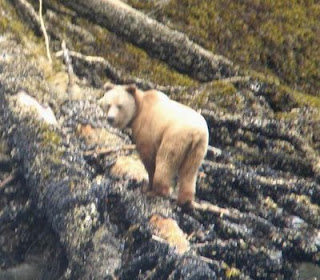


Lest you imagine that we are always eating delicious seafood only moments ago swimming freely in the vast ocean, let me make one thing absolutely clear: Such is not always the case. However, we do try.
Mary Lee and Jerry sit before one of Jan's signature dishes - Paella made in an electric skillet. All seafood except the calamari was freshly caught for this wonderful dish.
Doug's favorite to share with guests is quite simple - all the freshly cooked crab that you can eat. But occasionally we hanker for a new taste.
The Costco dogs are made more gourmet with Doug's clever adaptation of Jan's home made bread into hot dog buns. Canadian chips come in many unique flavors. We had already finished the Dill Pickle and Ketsup types but found the Sea Salt and Pepper to add nicely to the lunch.























